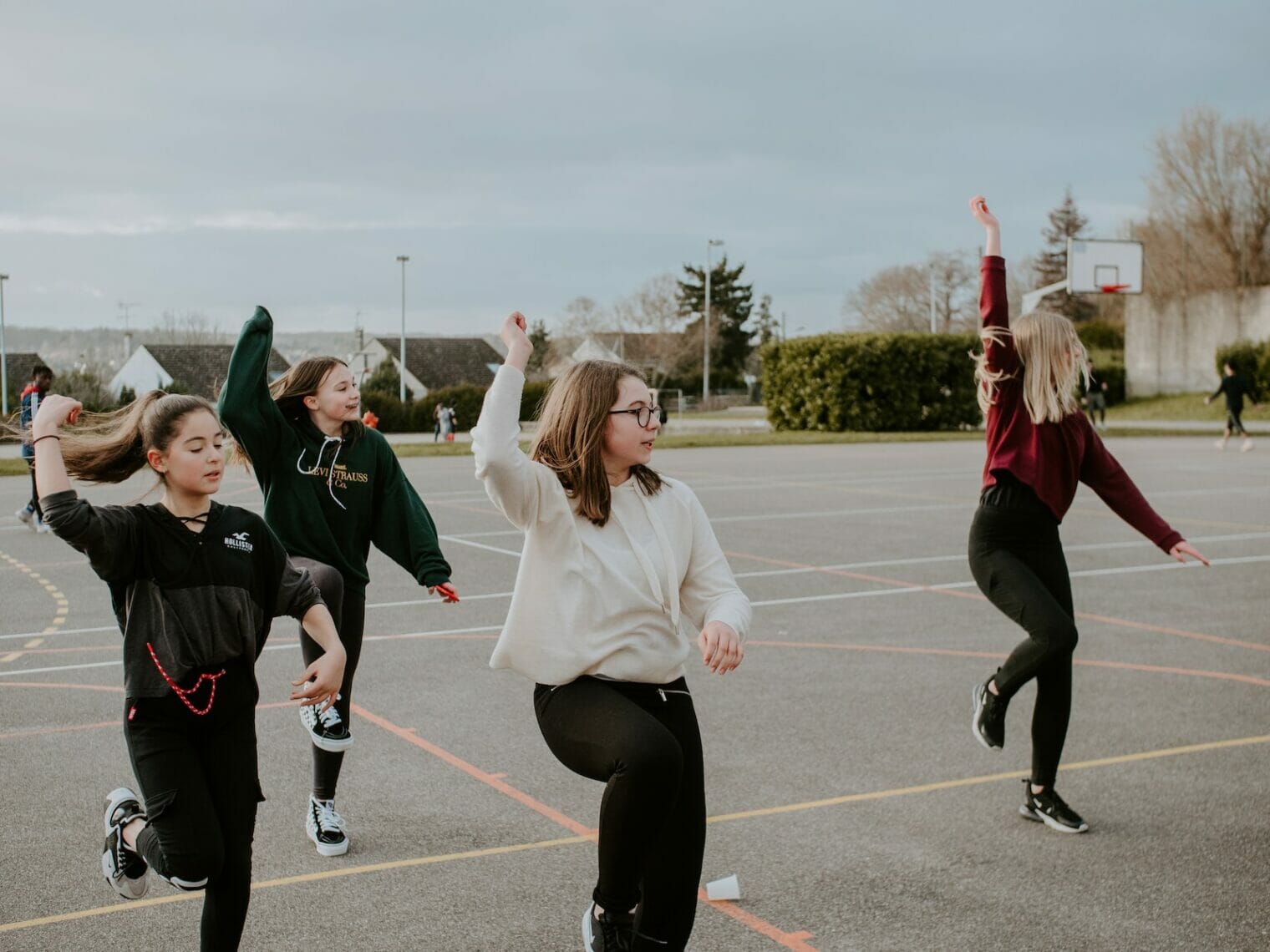Each child has their own unique way of learning. Some children excel with visual aids, while others thrive through hands-on experiences. Prioritizing tasks and managing sensory sensitivities also significantly affect some children’s learning journey. Educational accommodations are part of special education, which cover gifted and talented programs, ADHD, autism, and other learning differences. In this blog, we will explore the importance of discovering and advocating for the educational accommodations your children need to ensure optimal learning outcomes. So, if you’re ready to support your child’s education in the best way possible, keep reading!
Individualized Education Plans (IEPs) and 504 plans are two powerful tools designed to provide educational accommodations for learners.
What are Individualized Education Plans (IEPs)?
An Individualized Education Plan (IEP) is a comprehensive, legally binding document designed for students with disabilities who require specialized support and services to access their education fully. It is a collaborative effort involving educators, parents, and specialists to identify the student’s strengths, challenges, and specific goals. The IEP outlines the educational accommodations, modifications, and services that will be provided to meet the student’s individual needs.
Key Components of an IEP:
1. Evaluation and Eligibility: The IEP process begins with a comprehensive evaluation of the student’s abilities and challenges. If the evaluation reveals that the student has a qualifying disability under the Individuals with Disabilities Education Act (IDEA), they become eligible for an IEP.
2. Present Levels of Performance: This section outlines the student’s current academic and functional abilities. It serves as the baseline for setting measurable goals and objectives.
3. Measurable Goals and Objectives: IEPs set specific, measurable, achievable, relevant, and time-bound (SMART) goals for the student’s academic, social, and behavioral development.
4. Educational Services and Accommodations: The IEP details the specialized services, accommodations, and modifications that the student will receive to support their learning and participation in the general education curriculum.
5. Progress Monitoring and Review: Progress toward the established goals is regularly monitored, and the IEP is reviewed and updated annually to ensure its relevance and effectiveness.
What are 504 Plans?
Section 504 of the Rehabilitation Act of 1973 is a federal law that prohibits discrimination based on disabilities in programs and activities, including education. A 504 plan is a plan created for students who have a disability but do not qualify for an IEP under IDEA. The 504 plan ensures that these students receive equal access to education by providing necessary accommodations and modifications.
Key Components of a 504 Plan:
1. Evaluation and Eligibility: To qualify for a 504 plan, a student must have a physical or mental impairment that substantially limits one or more major life activities, such as learning, walking, or communication.
2. Identification of Needs: The plan identifies the specific needs of the student based on the nature of their disability and how it impacts their learning.
3. Accommodations and Modifications: Similar to IEPs, 504 plans provide appropriate accommodations and modifications to ensure the student’s access to the general education curriculum.
4. Implementation and Review: The 504 plan is implemented by the school, and its effectiveness is reviewed periodically to assess whether the student’s needs are being adequately addressed.
Benefits of Having an IEP or 504 Plan:
1. Personalized Support: Both IEPs and 504 plans provide tailored support and accommodations based on the student’s unique needs, ensuring they have equal opportunities to succeed academically and socially.
2. Access to Appropriate Services: With an IEP, students may receive specialized services, such as speech therapy, occupational therapy, or counseling, to address specific challenges.
3. Academic Progress: IEPs and 504 plans focus on setting achievable goals and objectives, fostering a sense of achievement and motivation as students make progress in their learning.
4. Enhanced Self-Esteem: By acknowledging and addressing their individual needs, students with IEPs or 504 plans develop a sense of self-advocacy and self-esteem, knowing that their education is tailored to support their success.
5. Collaboration and Communication: Creating an IEP or 504 plan involves educators, parents, and specialists collaborating. This open communication ensures everyone is on the same page and working together to support the student’s growth.
6. Legal Protections: Both IEPs and 504 plans are legally binding documents, ensuring that the student’s rights to access an appropriate education are protected under federal law.
Individualized Education Plans (IEPs) and 504 plans are essential tools that empower students with disabilities to thrive in the educational environment. These plans enable students to access their education fully and make meaningful progress by providing personalized support, appropriate accommodations, and specialized services. As we continue to champion inclusivity and diversity in our education systems, IEPs and 504 plans play a vital role in ensuring that no child is left behind, unlocking the true potential of every student to achieve academic and personal success.
International Support Outside of the US
An increasing number of countries are building support systems for students with special needs, but they vary widely based on infrastructure, cultural norms, class sizes, population size, and other factors. (In China, for example, an average class has 59 students, compared to the US at about 30 students). Inclusion with mainstream students is implemented in almost 80% of US schools and 46% or less in Asian countries. Western countries (US, Canada, UK, Australia) have IEP protocols in place, but they are not common in other parts of the world. Many children still face discrimination from their teachers and other students due to a lack of understanding and acceptance of children with disabilities – to the point of being denied entry into school completely or teachers ignoring them. When society views a child with extraordinary needs as an aberration, they are unlikely to put time and effort into learning how to teach that child. In some countries, the right to education for all children is not a recognized human right.
If you have a child who differs from their peers and struggles to cope in various situations, it’s even more important to understand them and support them because the world often will not. While private therapeutic services can be obtained outside the US, they’re often affordable only to the very rich, and many places don’t have any therapists at all.
There are things you can do to help your situation. A program like MyCuraJOY is a great resource because it can supply expert tips and information for managing challenging behavior and help you communicate effectively with your child – the same tips that would come from a qualified professional in the United States.
How can curaJOY help? Using MyCuraJOY, parents can complete necessary paperwork and evaluations at home, on their own time, while giving the IEP/educational team the data they need to complete their assessments and propose year-end goals. When professionals have plenty of information going into an assessment, they can laser focus on the areas where help is most needed. MyCuraJOY unites educators and other service providers to establish clear, simple lines of communication so you can keep track of your child’s progress and get the advice you need when you need it.





Leave a Reply